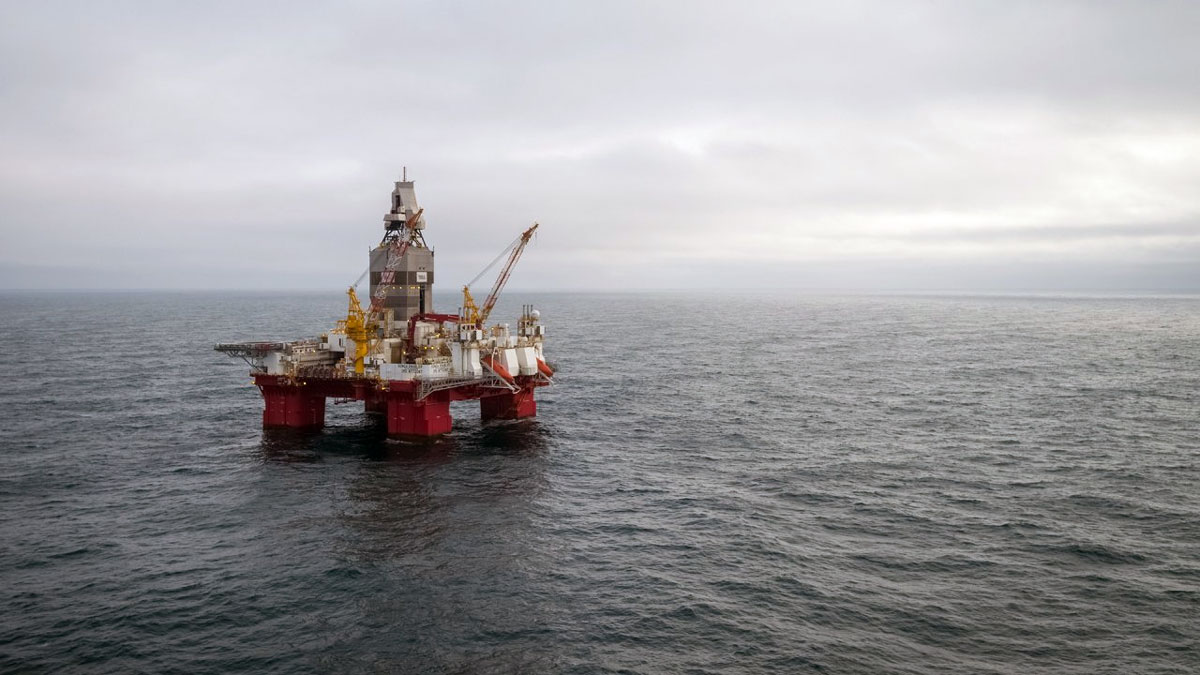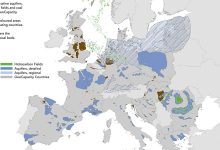New Oil Discovery in the Barents Sea
Eni through Vår Energi, jointly owned by Eni (69.85%) and by HitecVision (30.15%) announces a new oil discovery in production licence PL532 in the Barents Sea by drilling the exploration well 7220/7-4 on the Isflak exploration prospect. Vår Energi AS holds a 30% stake in the licence, while Equinor Energy (which is the Operator) holds 50% and Petoro AS 20%.
The well is located about 10 km southwest of the Skrugard discovery and 230 km northwest of Hammerfest in a water depth of 349 m and was drilled with the semisubmersible drilling rig Transocean Enabler. Exploration well 7220/7-4 was drilled to a vertical depth of 2080 m below sea level and reached TD in the Jurassic Tubåen Formation. The main bore proved an oil column of over 100 m, primarily in good quality Jurassic sequences of Stø Formation and Nordmela Formation sandstones.
Preliminary estimates place the size of the discovery between 65 and 100 Mboe hydrocarbon in place. The new discovery will be linked to the Johan Castberg development hub. PL 532 was awarded in the 20th Licencing Round in 2009, containing the Oil and Gas discoveries of Skrugard, Havis and Drivis that will be connected to the Johan Castberg FPSO.
The Isflak discovery confirms Vår Energi’s successful Infrastructure-Led Exploration strategy in the Barents Sea, proofing additional high value barrels for the Johan Castberg project.
Vår Energi has ownership in more than 140 licenses and oil and gas production from 35 fields. Vår Energi operates over the whole Norwegian continental shelf; the Goliat field in the Barents Sea, the Marulk field in the Norwegian Sea and the Balder and Ringhorne fields in the North Sea. The company has an organization with 900 employees with more than 50 years’ experience on the Norwegian continental shelf, built on the previous companies’ heritage offshore Norway. Vår Energi’s current production is around 300.000 boe per day.
“Succeeding in the Barents Sea requires perseverance and a long-term perspective. This discovery strengthens our belief in the opportunities that exist, not least around the Castberg, Wisting, Snøhvit and Goliat areas,” says Nick Ashton, Equinor’s senior vice president for exploration in Norway.
Equinor has been active in the Barents Sea since it was opened more than forty years ago. Exploration well 7220/7-4 is the first of four planned exploration wells for Equinor in the Barents Sea this year (as operator or partner).
“Equinor has been developing strong specialist communities for exploration, development and operations in Harstad and Hammerfest over many years. The follow-up of this discovery may strengthen this work,” Nick Ashton adds.
The well struck 109 metres of oil in the Stø and Nordmela formations. The top reservoir was encountered at a vertical depth of 1788 metres below sea level. The expected gas cap was not encountered in the well.
The well was not formation tested, but extensive data acquisition and sampling took place.
Further development of the discovery towards the planned infrastructure for the Johan Castberg field will be considered at a later stage. The proven resources may thus generate important additional value and tax revenues for society from the Johan Castberg field.
This is the eleventh exploration well in production licence 532. The licence was awarded in the 20th licensing round in 2009.







